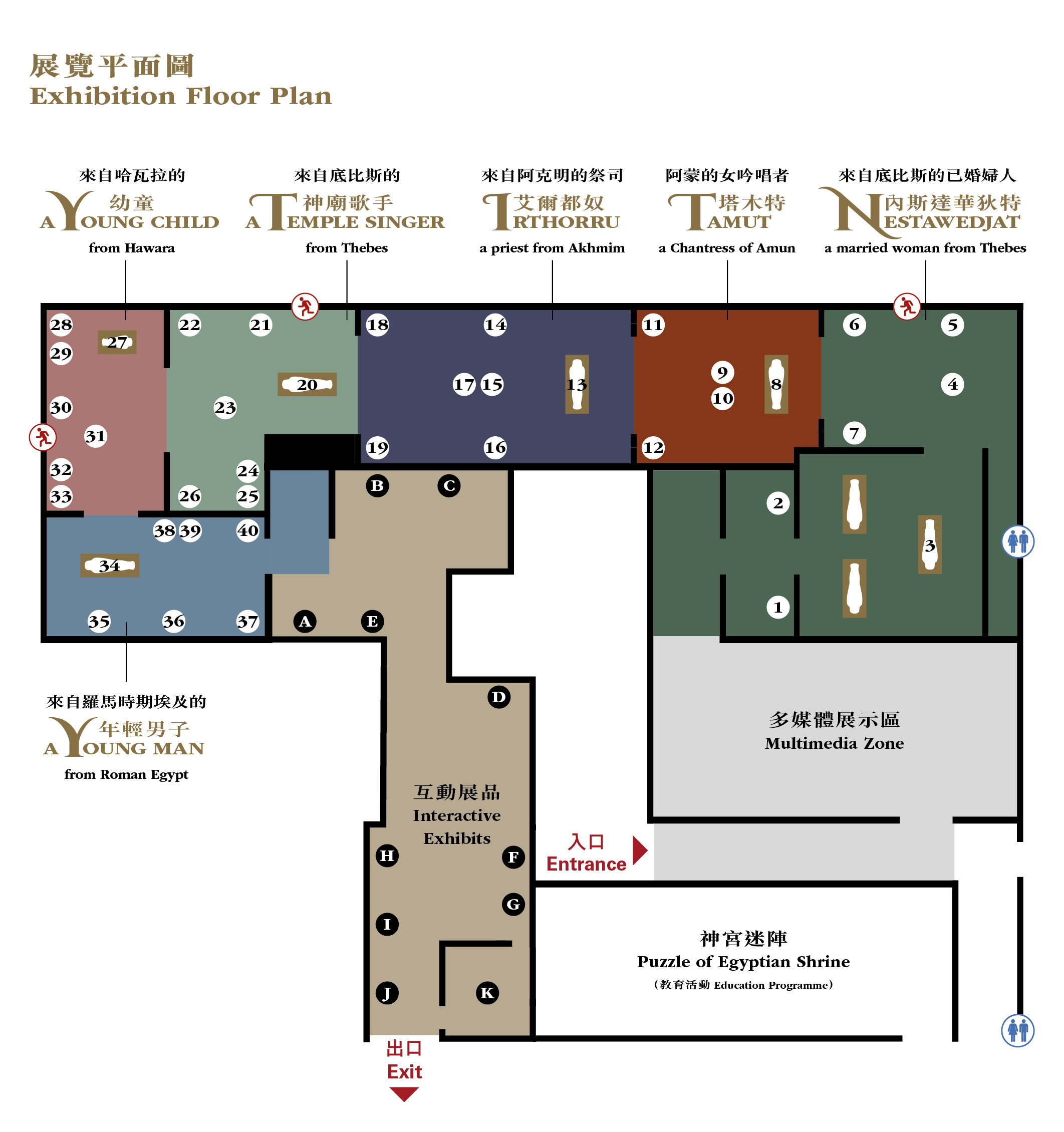
The outstanding preservation of ancient Egyptian monuments provides a unique record of the early societies in the Nile valley. The fertile Nile flood plain gave the inhabitants the opportunity to develop a settled agricultural economy and a sophisticated, centralised society, which became a cornerstone in the history of human civilisation.
The long-term custom of burying the dead offers direct insights into the people that inhabited these lands. Owing to the dry and arid conditions prevalent throughout most of Egypt, they have survived in an excellent state of preservation. In the past, the only way to investigate Egyptian mummies was to unwrap them, damaging their fragile remains. However, advances in sophisticated imaging techniques have allowed us to virtually explore their wrapped bodies, eliminating the need to disturb their coverings. This exhibition employs the latest Computerised Tomography (CT) scanning technology to study Egyptian mummies in the British Museum’s collection, allowing researchers to gain new insights into the funerary traditions in the Nile valley.
This exhibition introduces six Egyptian individuals who lived between 3,000 and 1,800 years ago. In addition, 200 objects and digital visualisations of the mummies demonstrate how non-invasive CT scans allow archaeologists and other specialists to determine the age and sex of the mummified bodies, and to explore themes, such as the diet, state of health, mummification process and religious practices of the ancient Egyptians.
Jointly presented by Leisure and Cultural Services Department and The Trustees of the British Museum
Jointly organised by Hong Kong Science Museum and The British Museum
Solely sponsored by The Hong Kong Jockey Club Charities Trust
(Click here to view an introduction video)

 Enter Ancient Egyptian Treasure
Enter Ancient Egyptian Treasure




